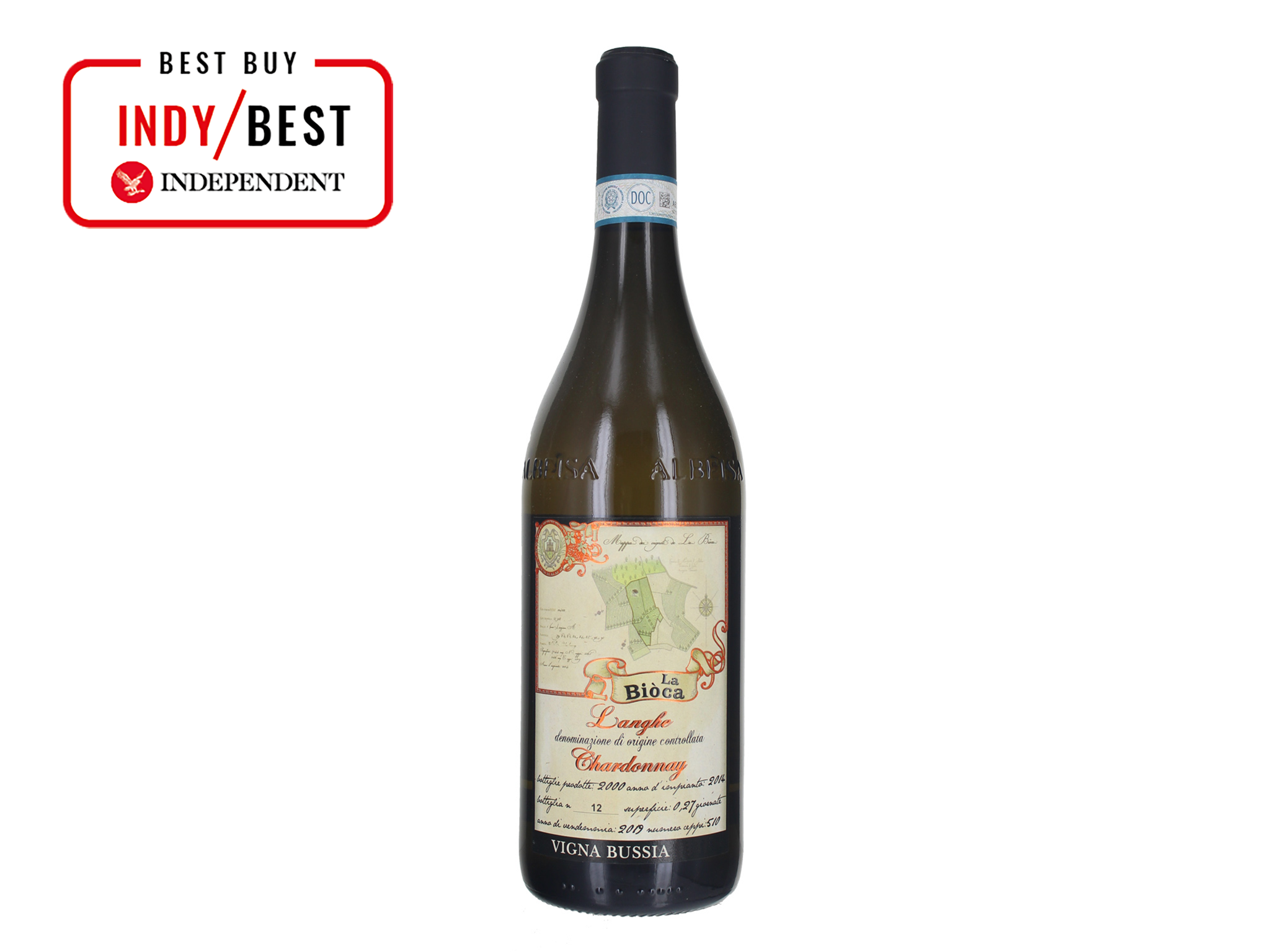
The Independent's journalism is supported by our readers. When you purchase through links on our site, we may earn commission. Why trust us?
International Chardonnay Day: 12 best wines to sip
From light, fruity flavours to oak barrel aged, or full-bodied blends, these are the bottles to add to your basket
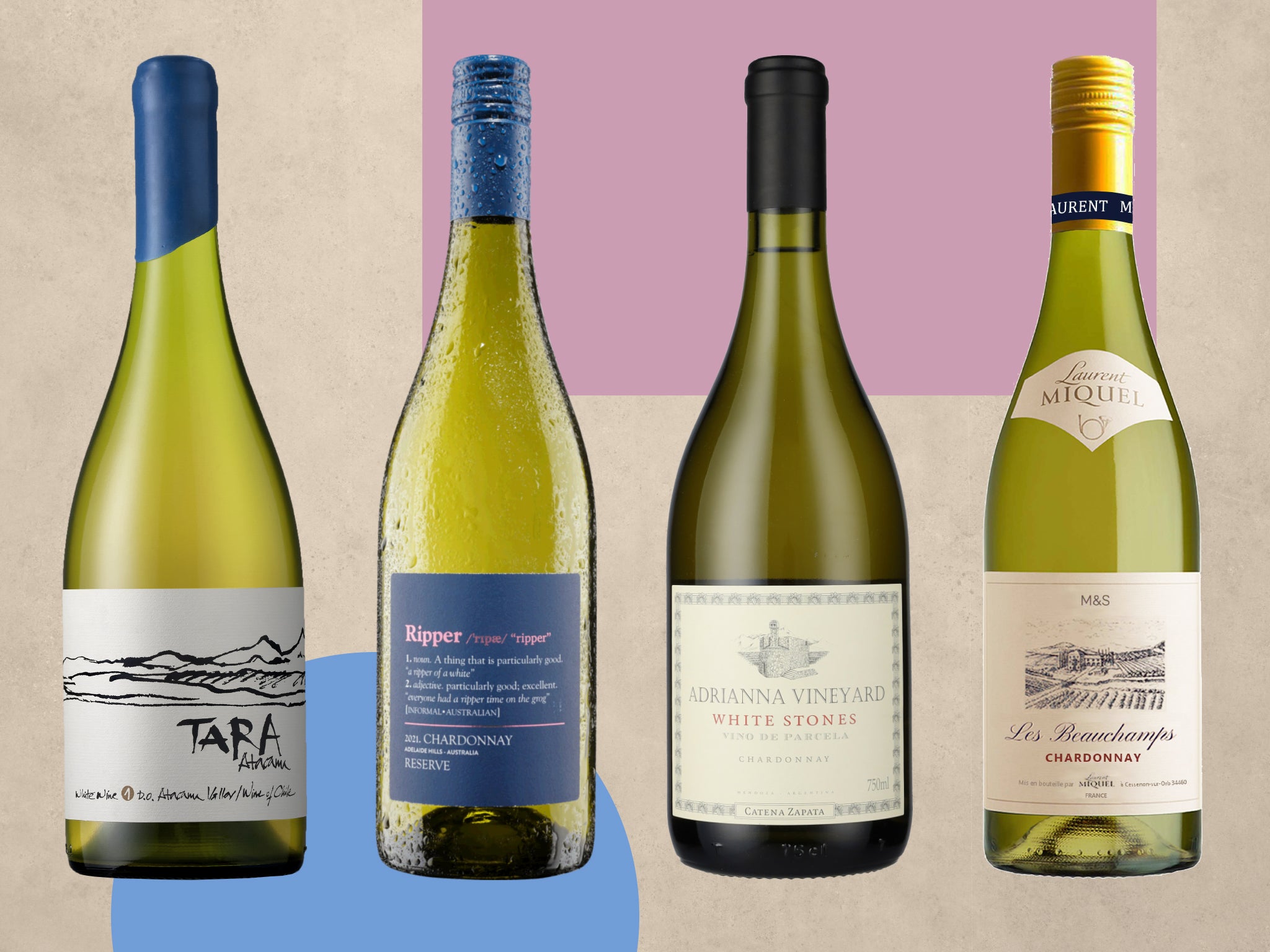
One of the best known and most widely planted grapes, as well as being one of the so-called “noble” varieties, chardonnay is responsible for some of the most famous wines in the world.
It is a sign of how ubiquitous and adaptable this easy to grow grape is, allowing it to take on different character in different locations: whether it is local soil, topography and climate conditions or the individual ideas of the winemaker, organic or not, oak ageing or not – that makes it so different from most other grapes.
Chardonnay has spread from its original base in central France, the home of the celebrated pristine, mineral Chablis and rich Burgundies, to take root around the world in almost every great wine-growing region. It can thrive in both cool climate regions as well as hotter ones.
The grape is now grown in the sun-baked slopes of New South Wales, the desserts of Chile and the coastal valleys of California as well as the green hills of the English shires. And then there is great chardonnay from Oregon, New Zealand, Greece, Italy, Argentina, South Africa and other parts of France… each area producing wines that are unique to their locations and sometimes seem to come from different grapes.
Let us not forget that chardonnay is also the sole or dominant grape for most of the great champagne names as well as glorious English sparkling wines – but both of those are for other reviews on other days.
Read more:
How we tested
The wines were tasted with and without food and were also rated according to their value for money. Chardonnay’s sheer versatility makes it one of the world’s favourite food wines – those from Chablis are classically paired with seafood and particularly oysters, while richer wines, such as oaky and buttery Australian chardonnay work well with more substantial fish dishes featuring, say, turbot or salmon, but can also stand their ground with roast chicken or pork, some Asian dishes and a wide variety of vegetable dishes.
But there is no rule that says it cannot be enjoyed on its own, as an aperitif or a sundowner in the garden. And, to avoid repetition, all need to be well-chilled, particularly Chablis. So here, ranging around the world to reflect the grape’s global appeal, is our selection of 12 chardonnays for International Chardonnay Day.
The best chardonnay wines for 2022 are:
- Best overall – Bussia la bioca langhe chardonnay 2019: £24.95, Jeroboams.co.uk
- Best budget buy – Laurent Miquel les beauchamps languedoc chardonnay 2020: £54 for case of six, Marksandspencer.com
- Best for oysters and seafood – Benjamin Laroche chablis 1er cru vau ligneau 2020: £21.99, Nakedwines.com
- Best Burgundy bargain – Domaine Decelle & Fils auxey-duresses 2018: £43.45, Perfectcellar.com
- Best Greek wine – Alpha Estate tramonto chardonnay 2018: £14.99, Aldi.co.uk
- Best aperitif – Ripper Reserve Adelaide hills 2021: £11.99, Virginwines.co.uk
- Best luxury buy – Adrianna Vineyard white stones chardonnay 2019: £85, Winedistrict.co.uk
- Best English wine – Chapel Down kit’s coty chardonnay 2018: £32.80, Hedonism.co.uk
- Best New Zealand wine – Mountford Estate chardonnay: £25.19, Oldchapelcellars.co.uk
- Best Californian wine – J Vineyards Russian River Valley chardonnay 2018: £24.95, Slurp.co.uk
- Best Australian wine – Ross Hill pinnacle chardonnay 2019: £25, Omws.co.uk
- Best Chilean wine – Tara White Atacama chardonnay vina ventisquero 2016: £31.96, Perfectcellar.com
Bussia la bioca langhe chardonnay 2019

Best: Overall
Rating: 10/10
This is quite extraordinary. Piedmont, in northern Italy, is most known for its famous red wines, usually made from the nebbiolo grape, so planting chardonnay here is something of a risk. But boy has it paid off, even if the result is distinctly unlike a classic chardonnay. This is fabulously rich and full-bodied, with some nutty, seriously spicy notes underpinning layers of ripe orchard fruit flavours, cut through with marvellous acidity that keeps just enough freshness on the palate. Complex and interesting and grown-up. The perfect dinner party wine for herby roast chicken, a big joint of roast pork or even a spicy vegetable tagine.
Laurent Miquel les beauchamps languedoc chardonnay 2020
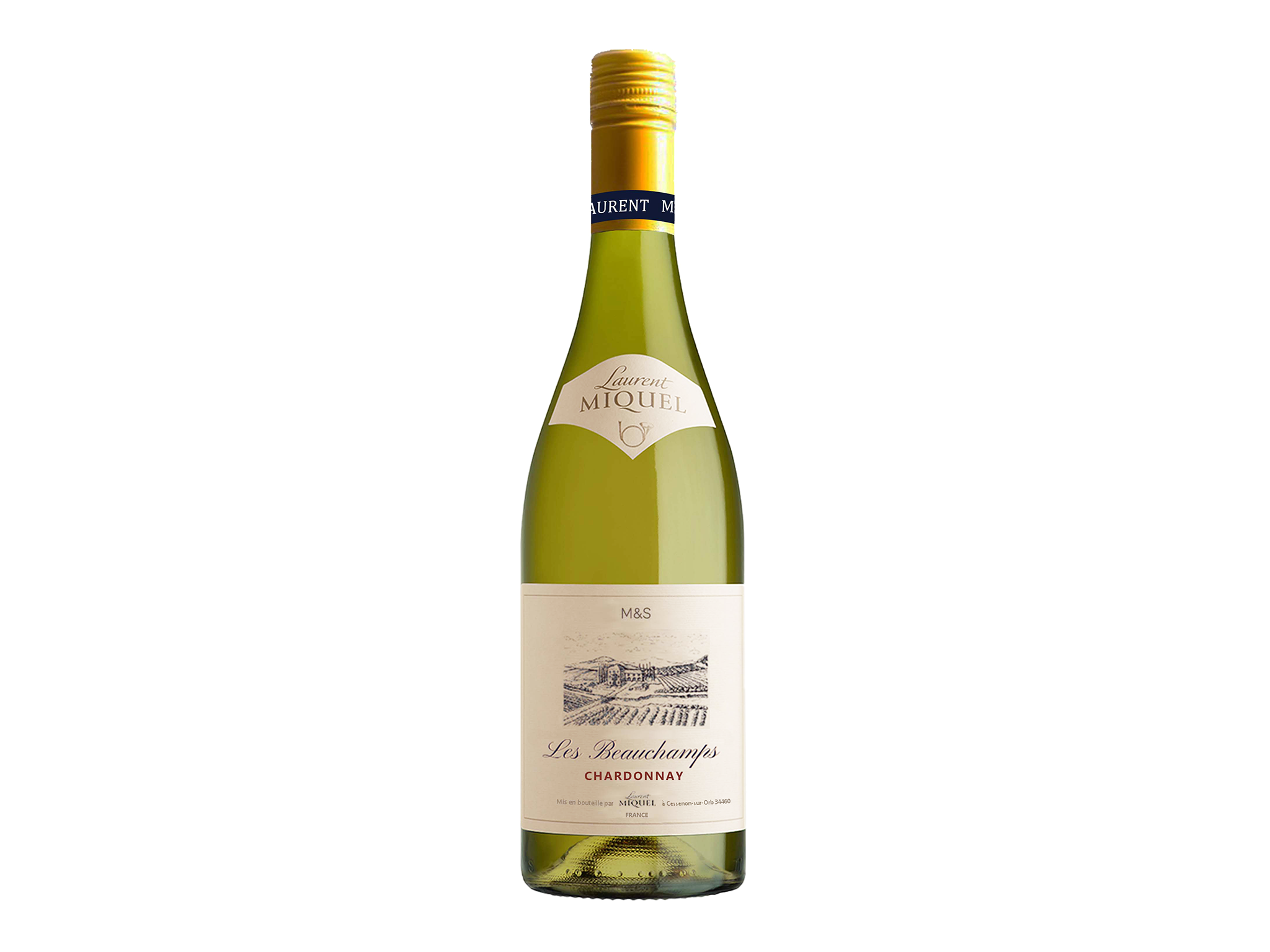
Best: Budget buy
Rating: 8/10
While Chablis and the rest of Burgundy are at the epicentre of French chardonnay, there are terrific and less costly wines made from the grape to be found in the south of France – particularly in the Languedoc region where Laurent Miquel is a highly reliable producer of well-priced blended and single varietal wines. This is a lovely light, mineral, citrus and orchard fruit inflected wine that is ideal to keep in the fridge for that after-work glass or for summer parties and gatherings of all kinds. Sold as a case of six, making it £9 per bottle.
Benjamin Laroche chablis 1er cru vau ligneau 2020
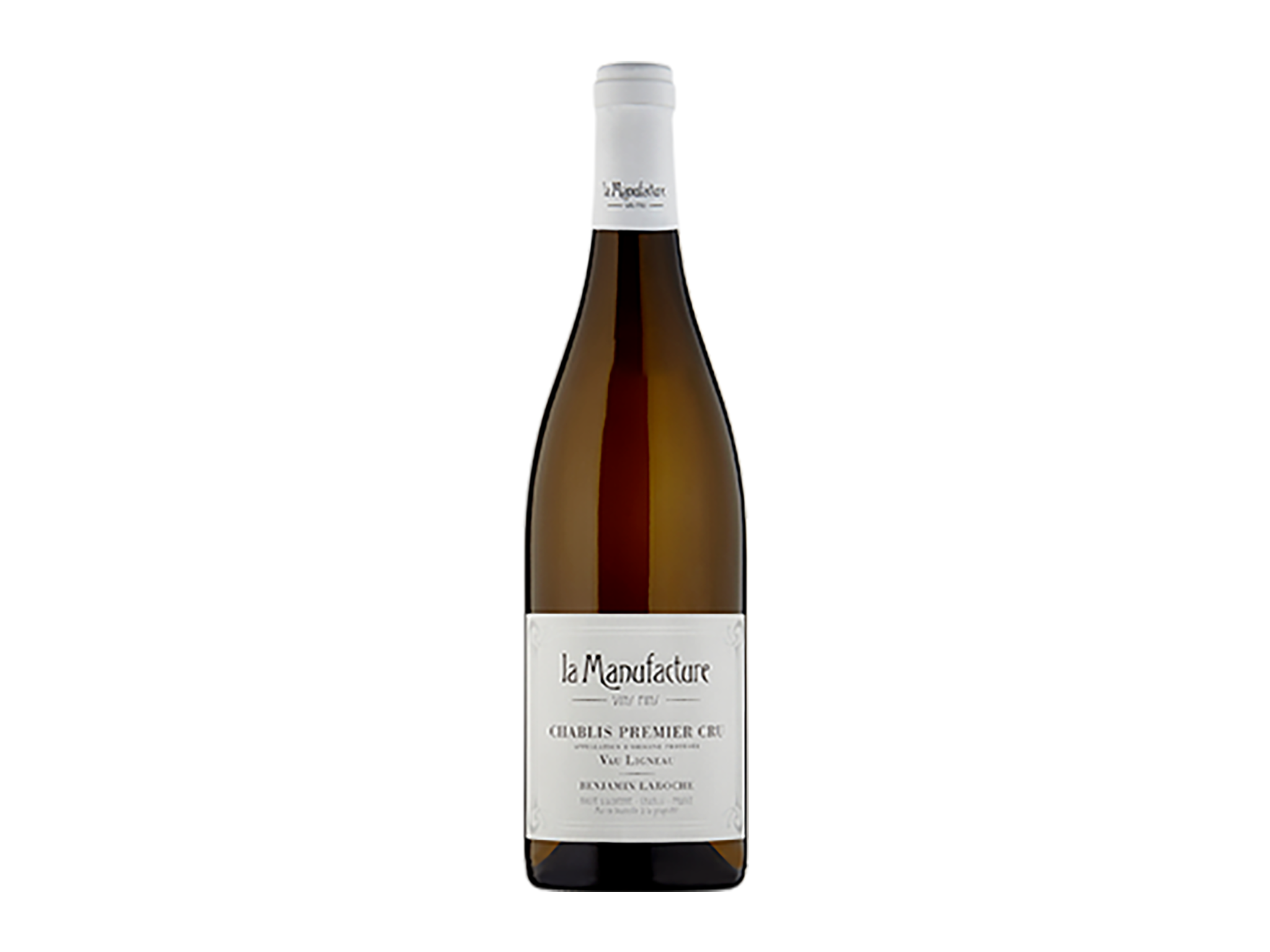
Best: For oysters and seafood
Rating: 10/10
The fossilised shells of oysters are found in the chalky soils of the Chablis region, in the northern part of Burgundy, which are the remains of ancient sea beds and which help give the wines from the region their distinctive clean, mineral flavour, with hints of salinity and lemon and a crisp, flinty, freshness on the palate. Premier cru chablis can command quite high prices, so this bottle from a less well-known appellation delivers terrific value for money and carries all those characteristics with considerable style. A bottle for a summer day, a plate of fresh oysters or fruits de mer, and, if you can manage it, a sea view.
Domaine Decelle & Fils auxey-duresses 2018
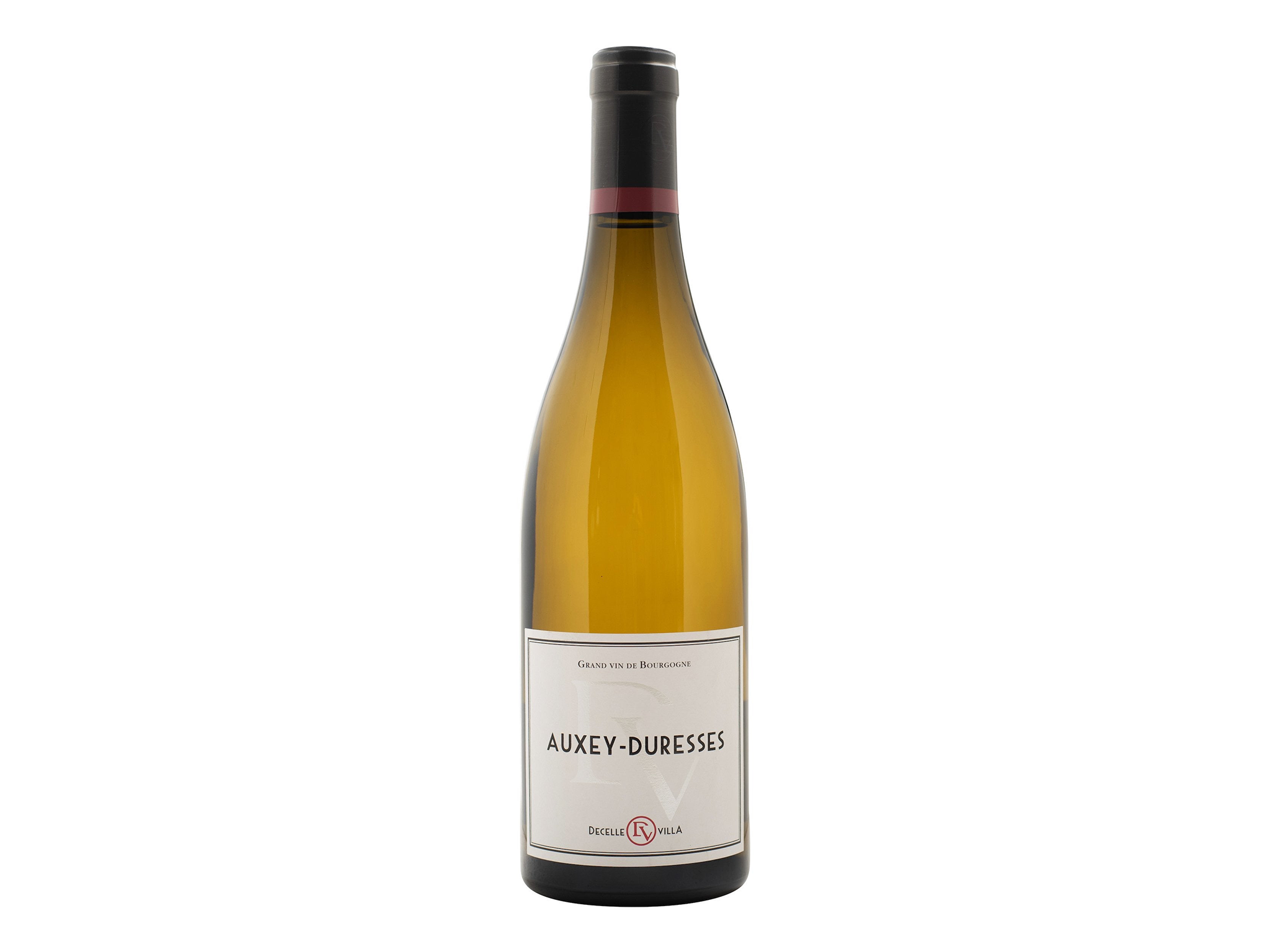
Best: Burgundy bargain
Rating: 9/10
The white wines of the greater Burgundy region are so numerous and diverse that selecting individual bottles is difficult. This is home to some of the most renowned appellations such as Meursault and Puligny-Montrachet, which often attract very high prices. The secret to finding affordable but great white Burgundy is to look for wines from areas that border the big names, such as Auxey Duresses, a commune in the Cote-d’Or that is close by fabled Meursault and from where this fabulous wine, comes: the grapes are hand-harvested and aged in oak, resulting in a wine of complexity and character, with flavours of citrus, some honeysuckle and light brioches touches. A sophisticated special occasion wine.
Alpha Estate tramonto chardonnay 2018
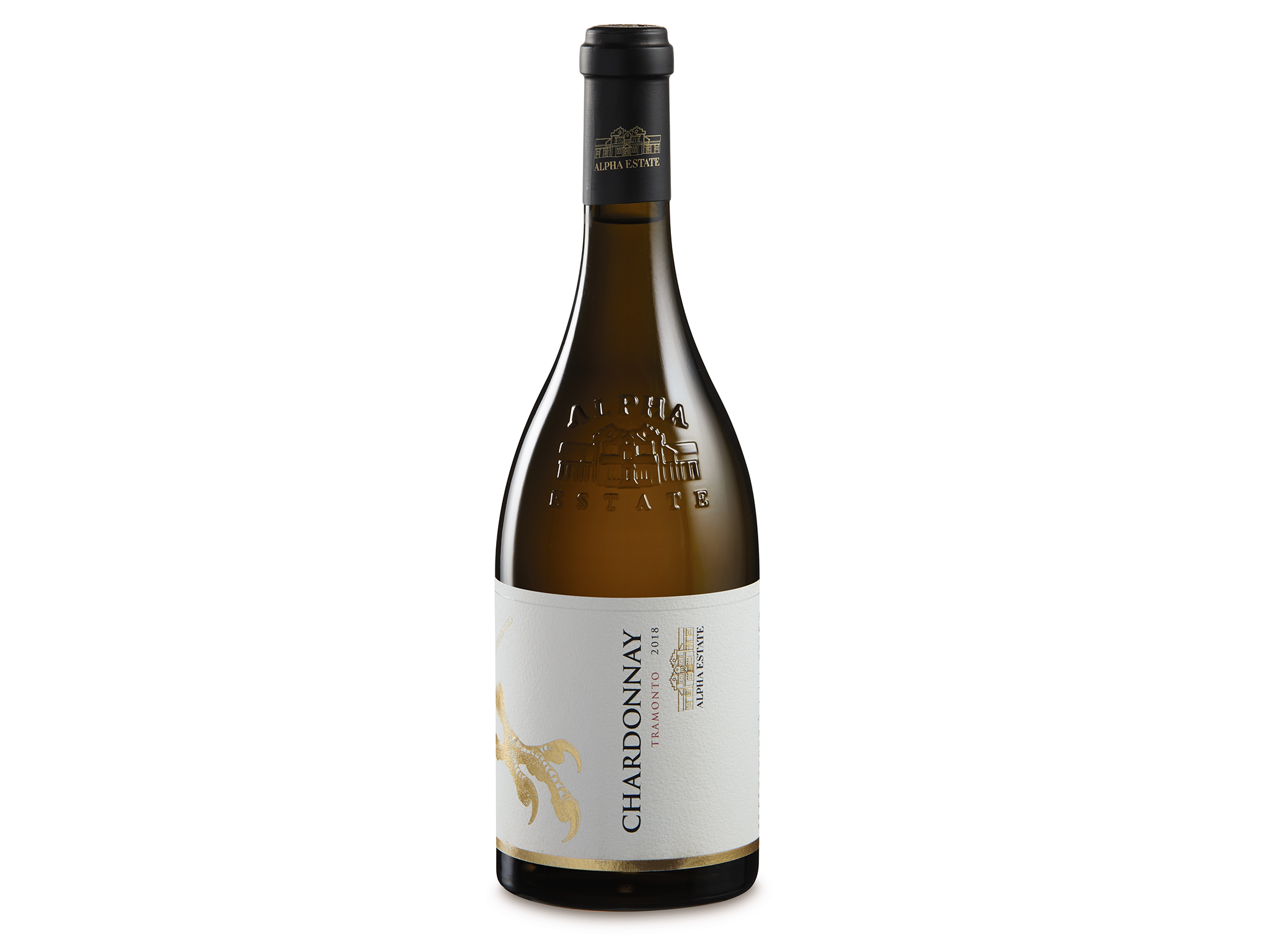
Best: Greek wine
Rating: 9/10
Aldi is a fabulous source of bargain bottles, normally everyday wines that deliver great value for money – but here we have a chardonnay from a high altitude single vineyard in the Macedonia region of northern Greece that is every bit as serious as the great names of chardonnay elsewhere and shows the revival in Greek winemaking is not just about the local varieties. This is a big wine: textured, weighty, spicy, packed with ripe fruit flavours and equal in quality of wines twice the price and certainly would not disgrace a dinner party. A great match for big fish dishes or lightly spiced oriental foods.
Ripper Reserve Adelaide hills 2021
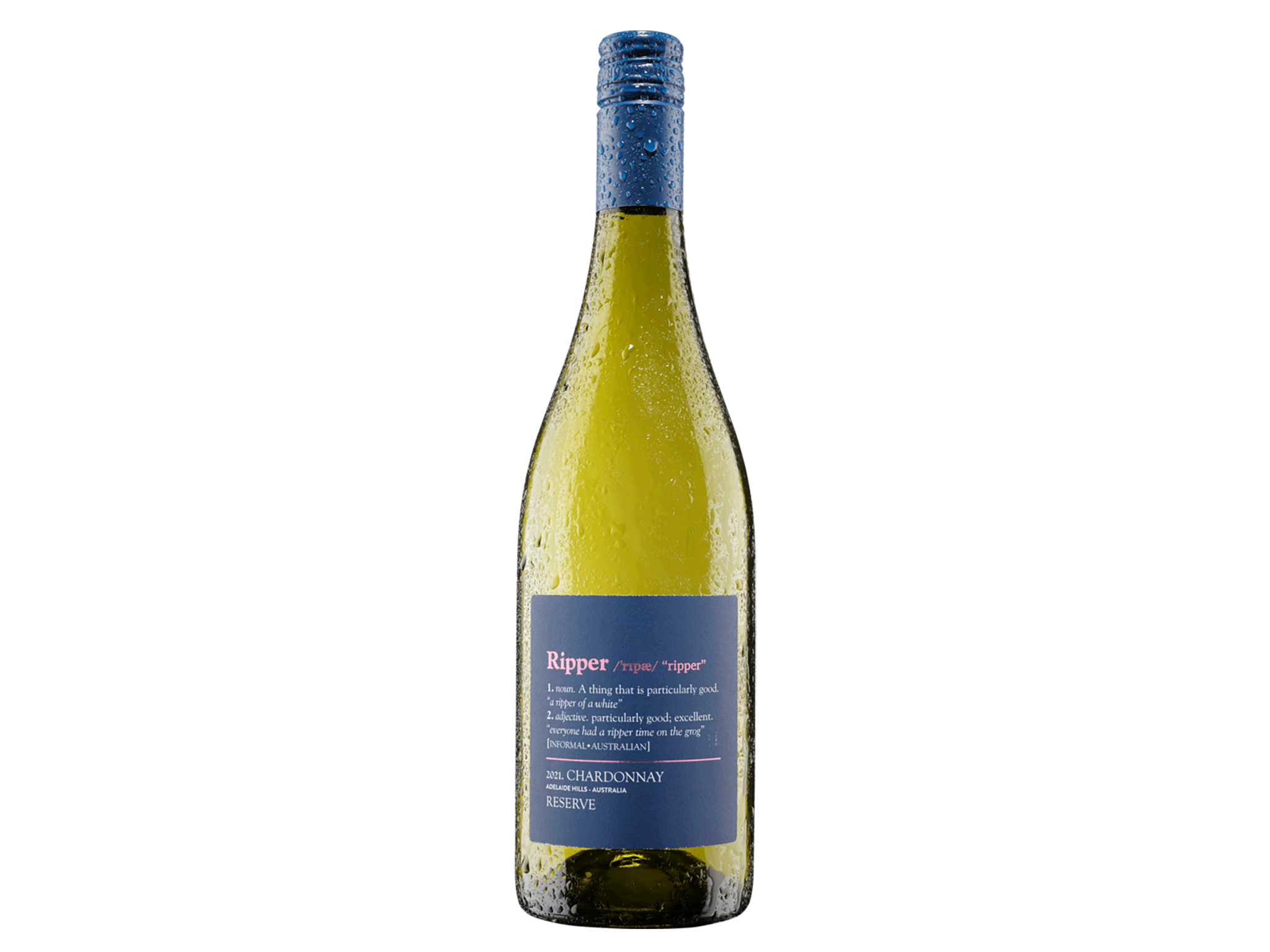
Best: Aperitif
Rating: 8/10
Just a few years ago, Australian chardonnay was dominated by the over-oaked typed that sacrificed subtlety and flavour for alcoholic punch. Those wines are still out there – probably in your local corner shop – but this is representative of the best that Oz can offer, from the cooler climate region of the Adelaide Hills, it has an almost Chablis-like clean and mineral nature with refreshing, youthful, apricot, peach and citrus flavours. A wonderful wine to liven the palate before dinner although it would still be a great match for lighter fish dishes.
Adrianna Vineyard white stones chardonnay 2019
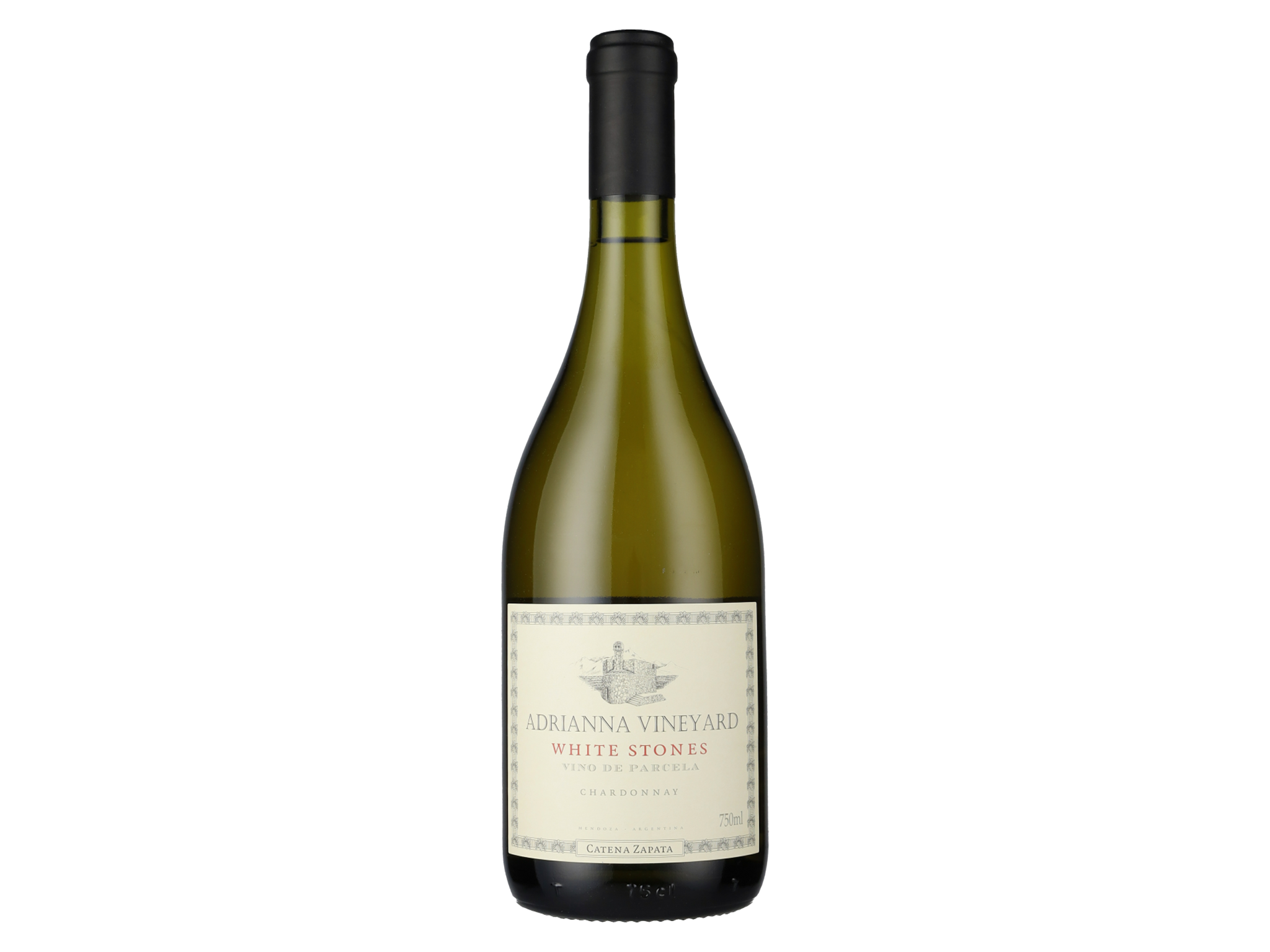
Best: Luxury buy
Rating: 8/10
Yes, it is very pricey, but it’s worth every pound – and will certainly impress your guests, if you can bear to share it. This limited edition Argentine wine is made by the remarkable Catena family from just a small part of their Adrianna Vineyard, which lies at around 1,400m above sea level in the Andes foothills, in the Tupungata region of Mendoza and named after the white stones which dot the rocky soils. Unfined and unfiltered, it has been aged in old French oak barrels. Those stony soils deliver precise minerality, while the ageing brings in rich orchard fruit flavours. A complex and deeply satisfying wine for a very special occasion.
Chapel Down kit’s coty chardonnay 2018
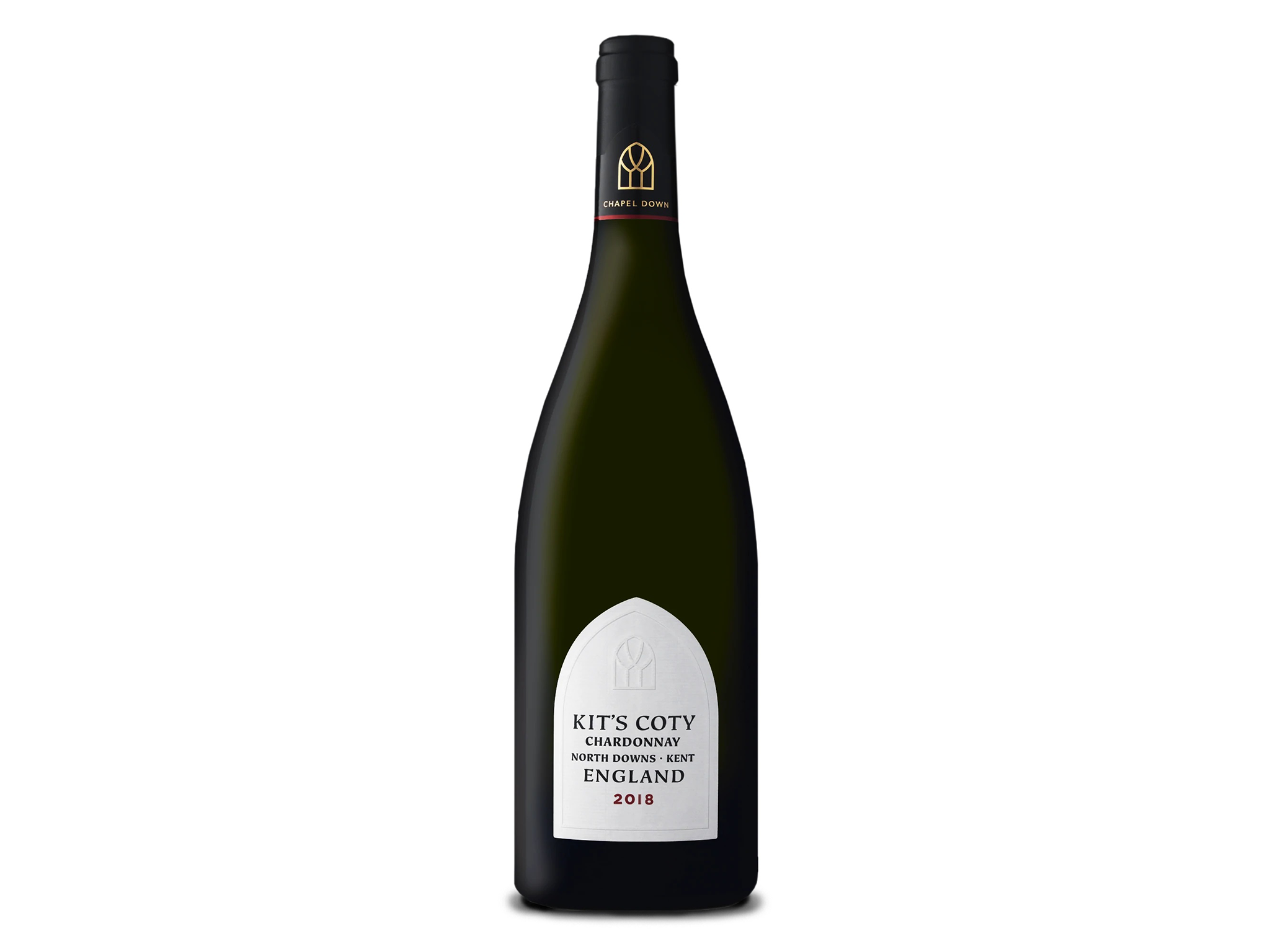
Best: English wine
Rating: 8/10
Huge amounts of chardonnay grapes have been planted around southern England as part of the extraordinary explosion in domestic sparkling wine and it was only a matter of time – and the acquisition of the right expertise – before they began to be used for still wines. The Kit’s Coty is a single vineyard on the North Downs of Kent that is part of one of the most long-established English wine estates and this exceptional wine is excitingly rich and full-bodied, with nutty, buttery flavours and a long finish. A perfect wine for your summer dinner party and a tribute to the skills of our own winemakers.
Mountford Estate chardonnay
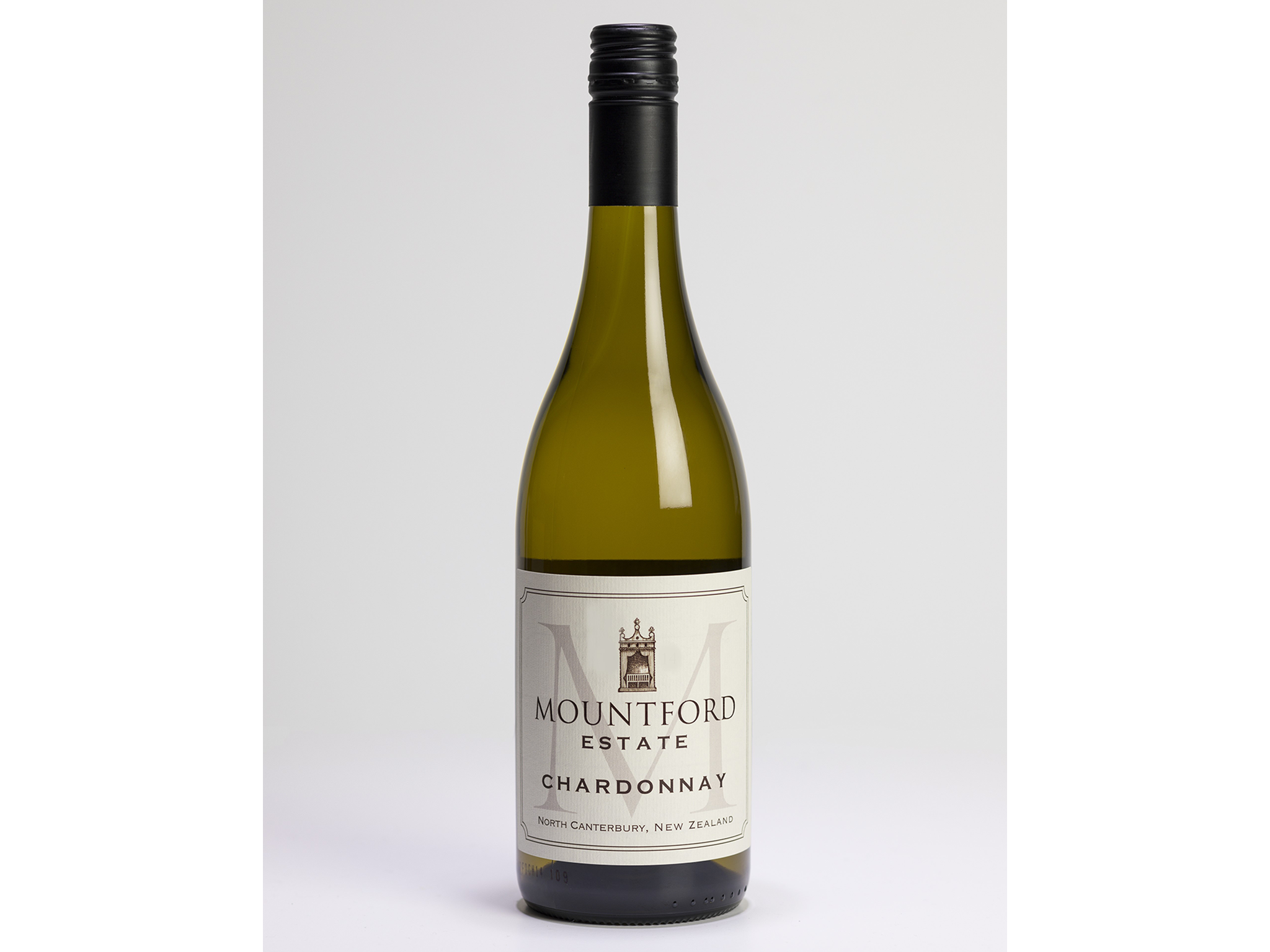
Best: New Zealand wine
Rating: 7/10
New Zealand is most well known, of course, for re-inventing that other staple white grape of central France, sauvignon blanc. And the Kiwis have also produced their own version of other European grapes like riesling, pinot gris and chardonnay, as well as their own excellent pinot noir, also from Burgundy. This chardonnay comes from a boutique winery in the Waipara Valley with grapes drawn from three vineyards grown to biodynamic principles. This has glorious, intense creamy passionfruit and peach flavours, hints of citrus and nuts and is full bodied with a long finish. A real food wine, so match it with salmon and other fish dishes or roast white meats. But also suitable for vegan dishes.
J Vineyards Russian river valley chardonnay 2018
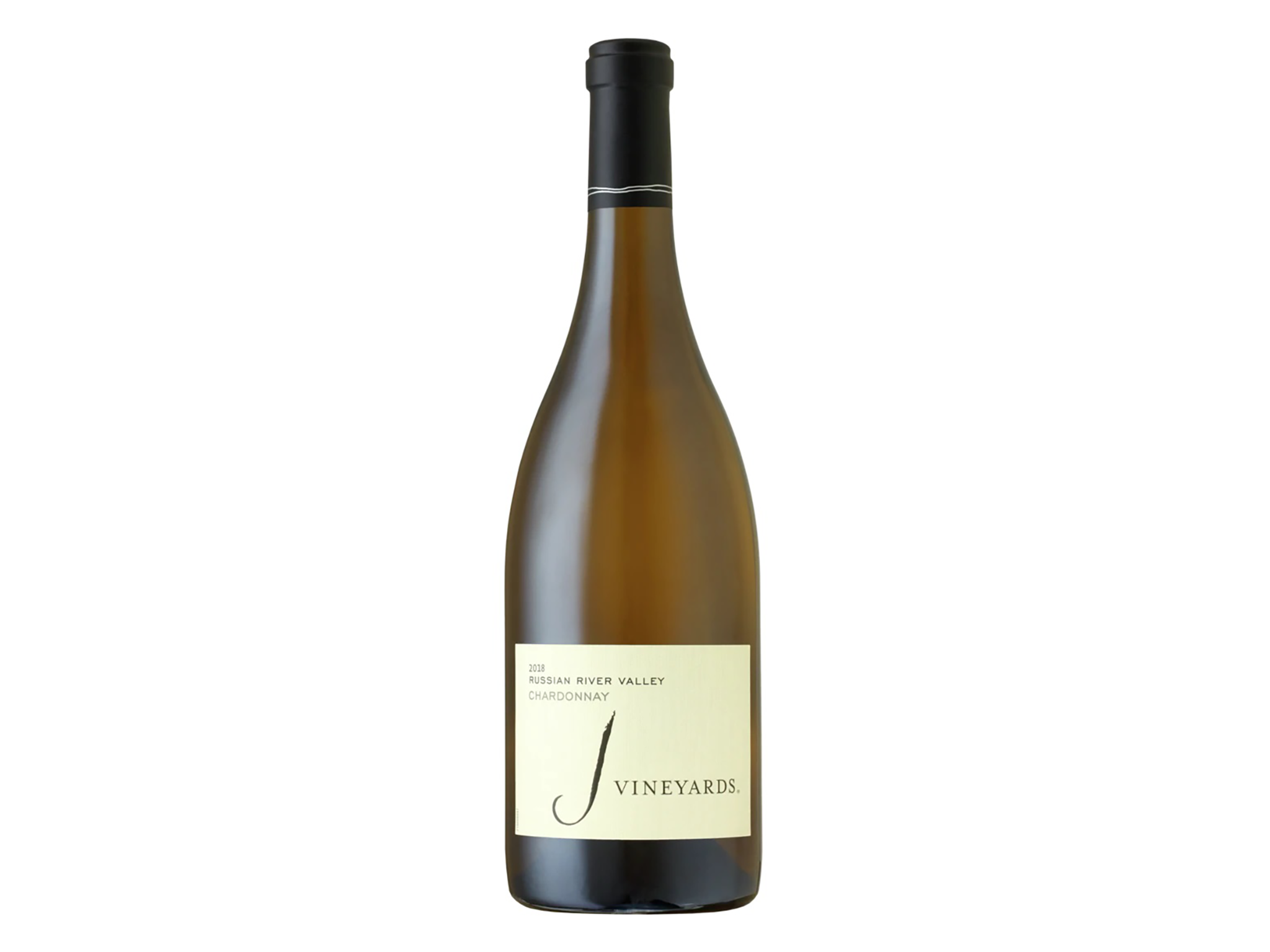
Best: Californian wine
Rating: 9/10
The Russian River Valley sits in the heart of the wonderful Sonoma area in California, where cool coastal breezes and regular fogs balance the warm days and help create perfect conditions for cool climate grapes like chardonnay. From an upmarket boutique winery and made by head winemaker Nicole Hitchcock, this is a complex, substantial wine, with layers of creamy, nutty, sometimes toasty flavours, some lively acidity and notes of pear, baked apple and vanilla all mingling on the palate, leading to a long finish. The vineyard specialises in linking wine with food, with guest chefs preparing bespoke menus, so this is a wine for serious fish dishes, medium strength cheeses and white meats.
Ross Hill pinnacle chardonnay 2019
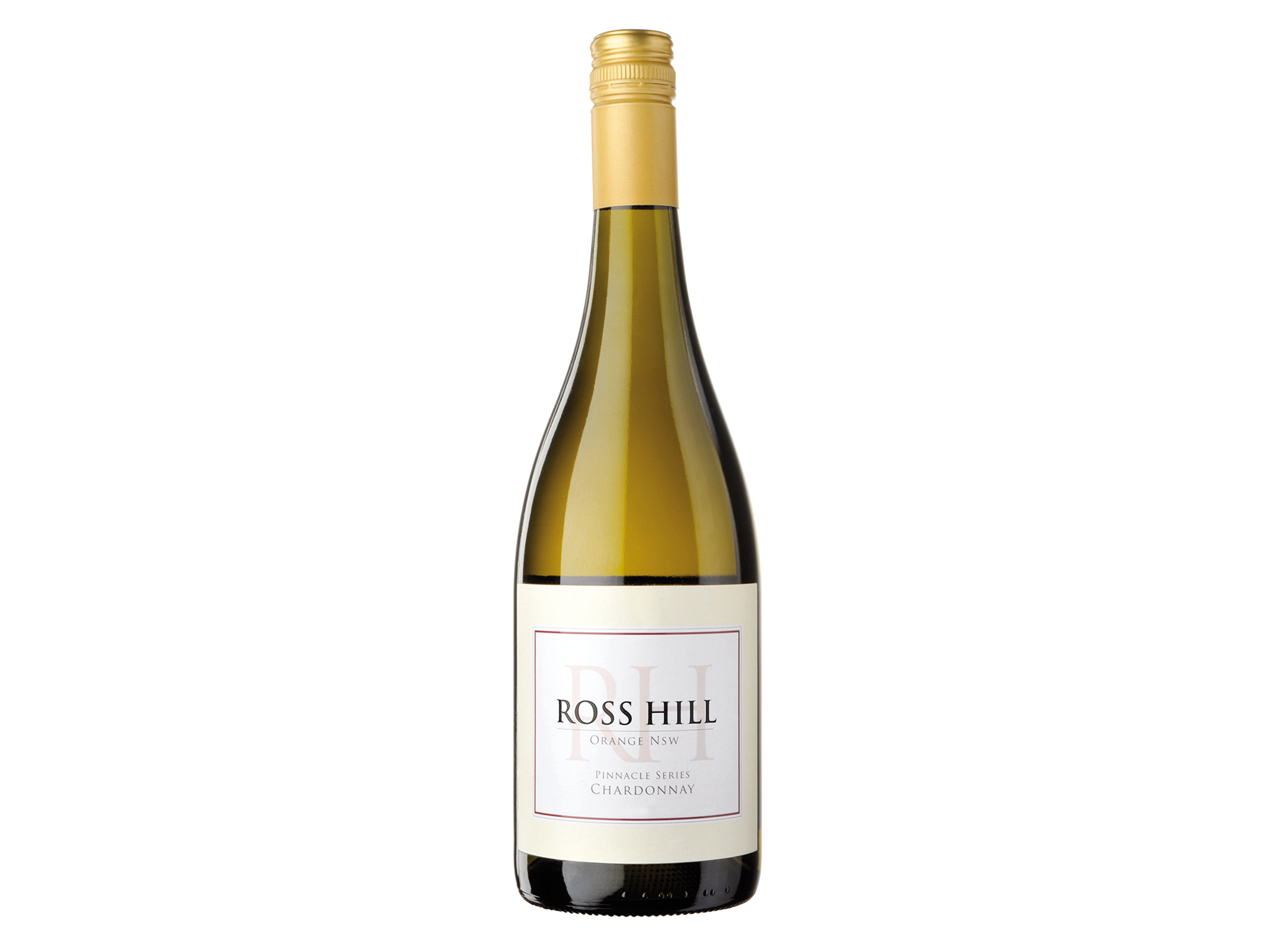
Best: Australian wine
Rating: 8/10
Recently voted “best in show chardonnay” in the London Wine Competition, this exceptional, limited release wine from Australia’s is therefore selling out fast. The vineyard, in the Orange region of New South Wales, is a family affair where vines were only planted in 1994 and it’s Australia’s only carbon neutral winery. This subtle complex, sophisticated wine combines the best of old and New World styles, with nutty, spicy notes, shot through with intense lemon and grapefruit flavours and a balancing creamy acidity that beguiles the palate.
Tara White Atacama chardonnay vina ventisquero 2016
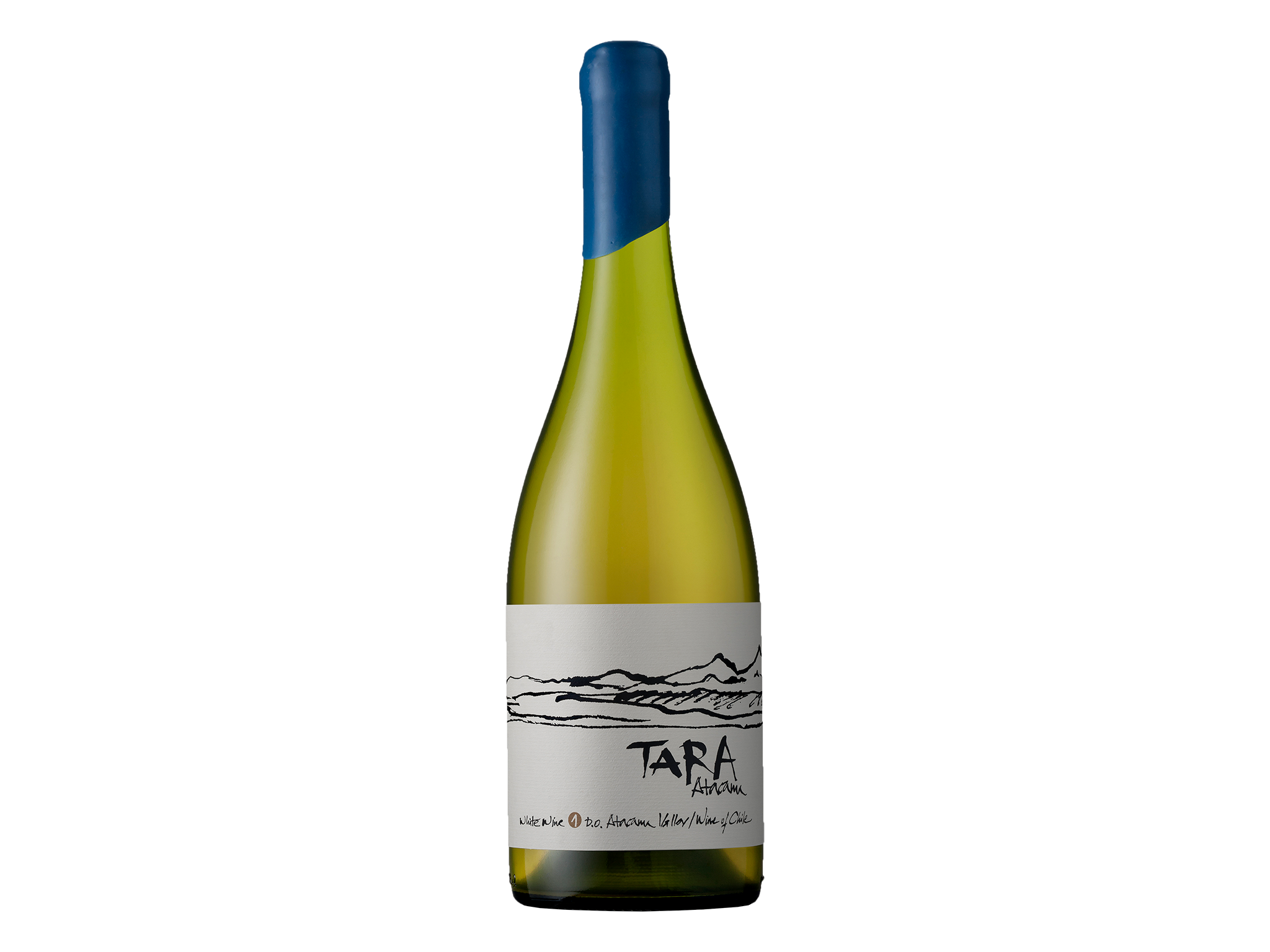
Best: Chilean wine
Rating: 10/10
The remote Atacama desert in northern Chile is also probably the most challenging place on the planet to grow grapes. One of the driest places in the world, it has deeply saline chalky soils, the nights are cold and the region is enveloped daily by swirling fogs. And yet this is a challenge taken on by Vina Ventisquero with remarkable results. The combination of relatively low daytime temperatures and the mineral soils deliver wines of great character and purity: this chardonnay delivers amazing, taught purity of fruit and a chalky minerality that is closer to Chablis than, say, a traditionally oaky new world wine. Unfilitered, unfined, made with natural yeasts and therefore a little cloudy in the glass, this is a truly individual wine to savour and a fantastic conversation piece.
Chardonnay FAQs
Is chardonnay dry?
Although not the driest of whites, chardonnay is typically considered to be a dry wine rather than a sweet one. If aged in oak barrels it has an oaky, buttery flavour, and while overall it is a dry wine, it can still contain hints of sweetness. Unoaked chardonnay on the other hand tends to be a bit more crisp, often with a fruity flavour, and will taste more dry because of it.
The verdict: Chardonnay wines
There are chardonnays here for all tastes and budgets. If you want reliable, traditional wines, it’s hard to go beyond the timeless sophistication of Chablis and Burgundy. For those in search of special occasion wines, the Adrianna white stones will match any other wine around for quality and class, while Chile’s Tara White is a remarkable triumph over adversity and a great talking point. But, while recognising the qualities in all of those wines, the spirit of innovation and daring is what we are going to celebrate here, so that’s why we think the remarkably Bussia la bioca langhe chardonnay, offers the best balance between cost, quality and individuality and so is our best chardonnay buy for 2022.
Voucher codes
For discounts on wine and other offers on alcohol, try the links below:
Have a reason to celebrate? These are the best champagne deals to shop this month